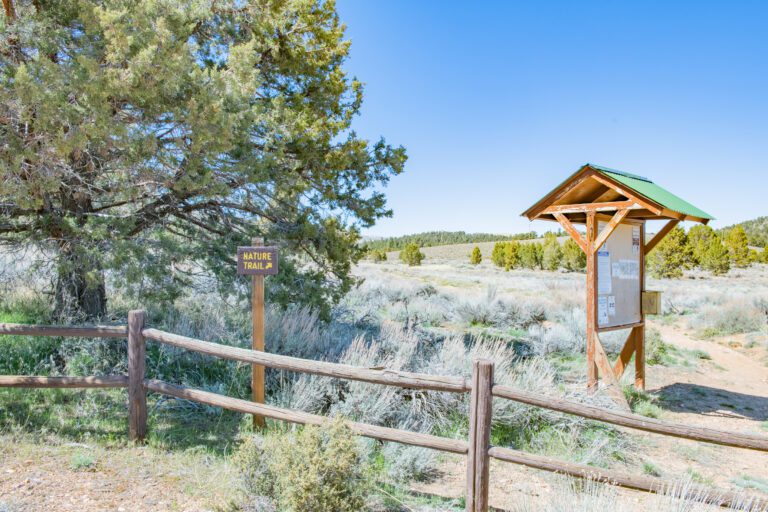California Watchable Wildlife has designated a new viewing site for Big Bear Lake at Baldwin Lake Ecological Reserve. The interpretive trail, managed jointly by the San Bernardino National Forest and the California Department of Fish & Wildlife, focuses on rare plants and wildflower displays. Wetland meadows with waves of iris and rare checkerblooms and margins of rare purple and yellow monkey flowers, separate rounded knolls of clay soil and quartzite cobbles known as pebble plains.
When you think of wildflower viewing, do you ever imagine lying on your belly to see those colorful blooms? Often called “belly plants,” these unique wildflowers are so small you may need to put your nose to the ground to see them.
The surrounding area is the spiritual center of the Serrano people’s ancestral homeland. According to Serrano lore, the creator Kukitat lived here. When he died, his body was cremated nearby and his ashes created beautiful flowers.
Varieties of belly plants are found in pebble plains ecosystems which exist nowhere else in the world except at Big Bear Lake and nearby Holcomb Valley. A pebble plains’ diversity is comparable to that of coral reefs, with as many as 20 species per square meter. The best time to visit and enjoy the wildflowers is during April and May, but can be weather-dependent if there are late snows or rains in Big Bear Valley. Always call ahead and inquire about interpretive tours.
The 156-acre Baldwin Lake Ecological Reserve also supports a large breeding population of Eared Grebe, breeding ducks and flocks of thousands of shorebirds and waterfowl during migration, especially in the fall. The vast grassland surrounding the lake is an important raptor foraging area and traditional wintering area for Bald Eagles.




